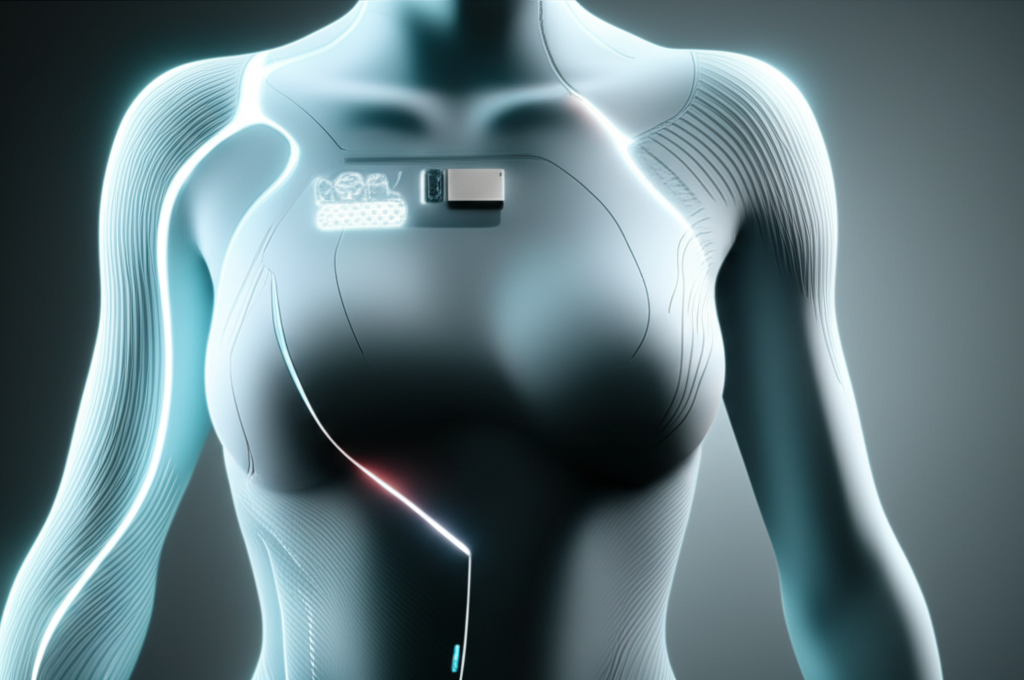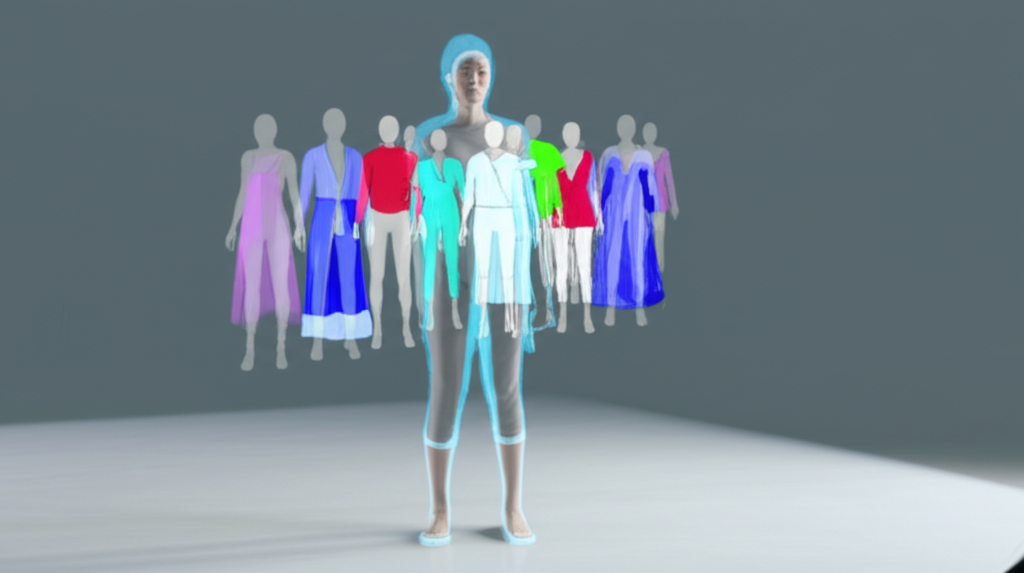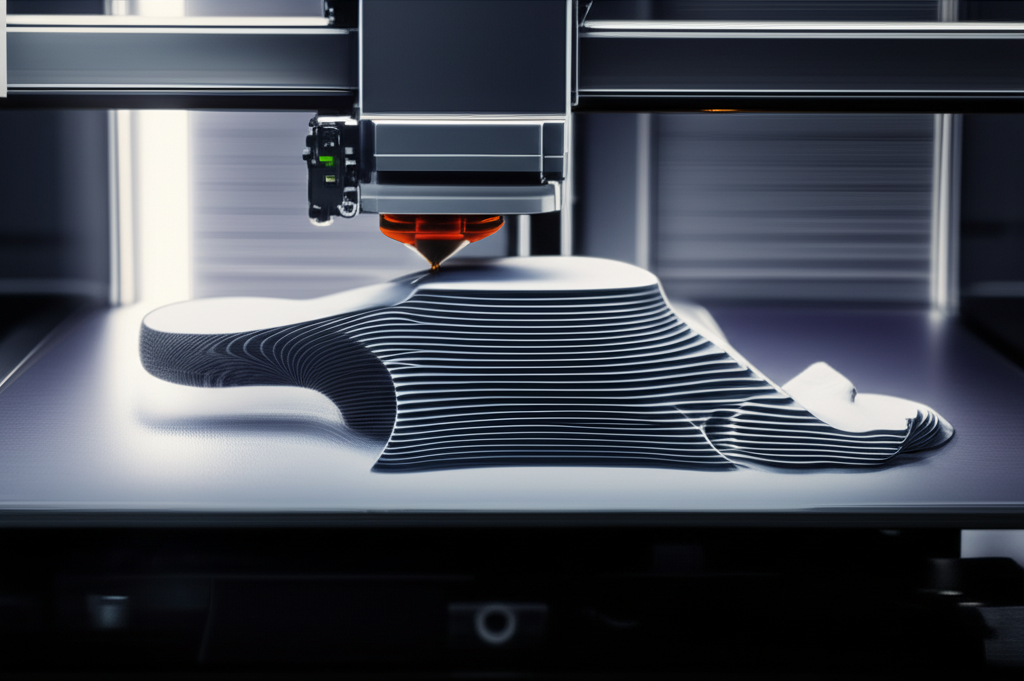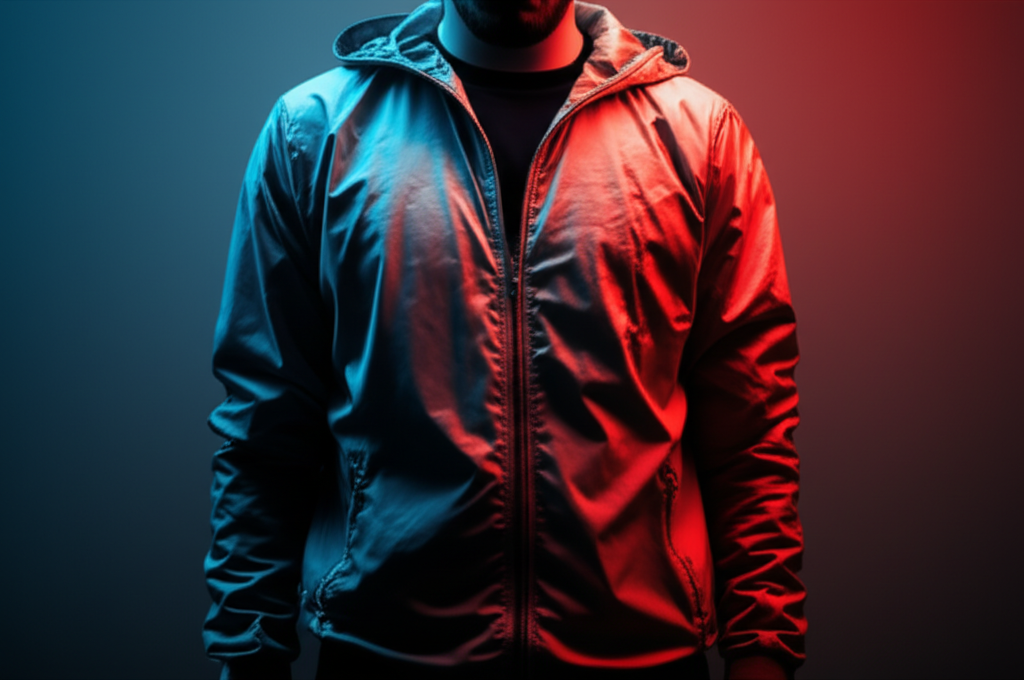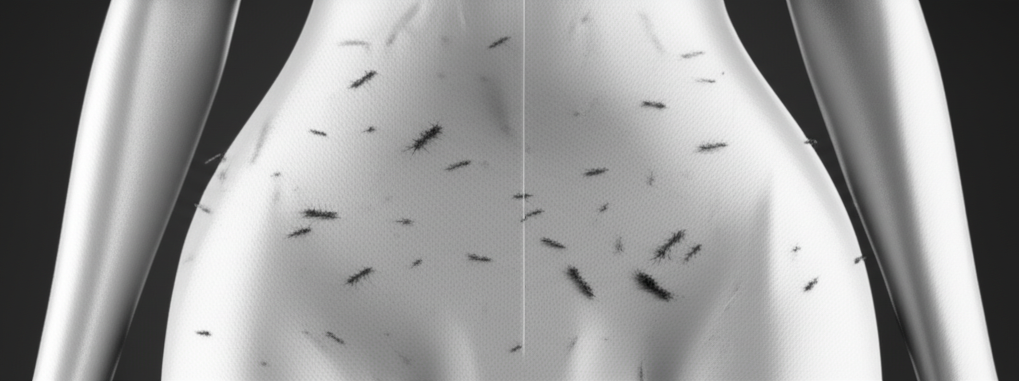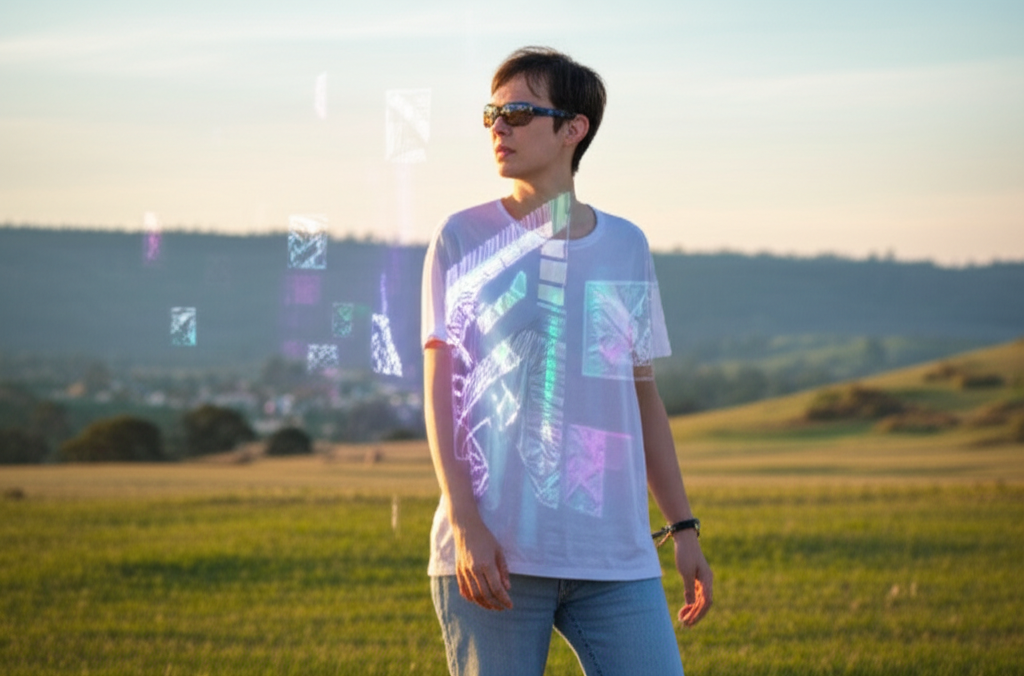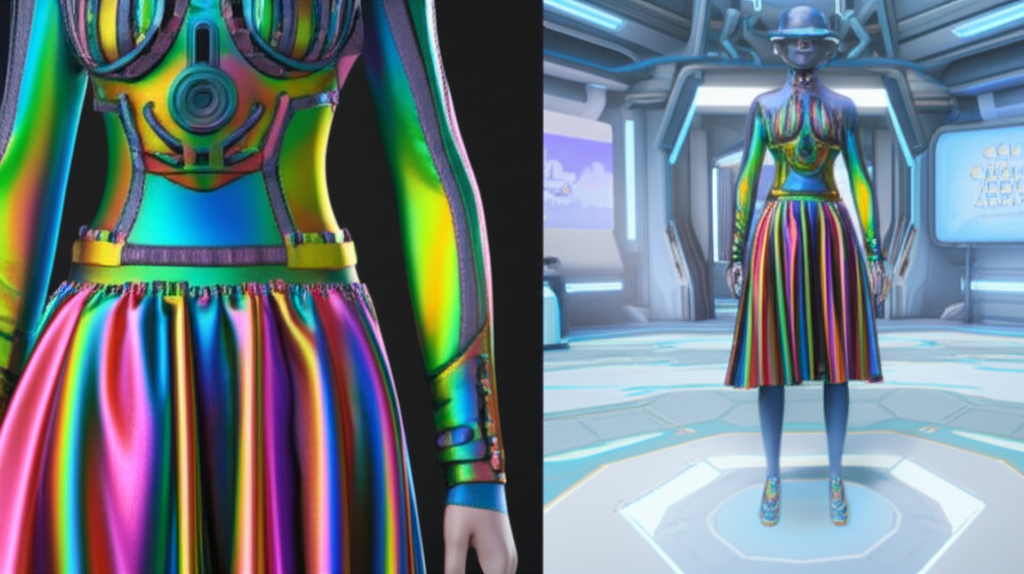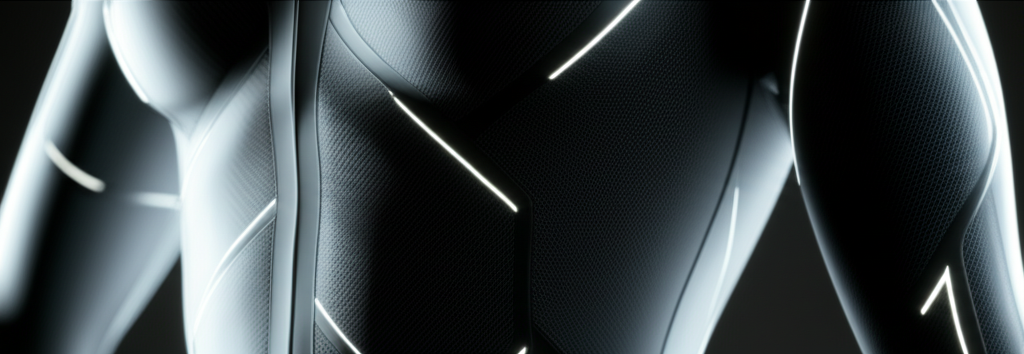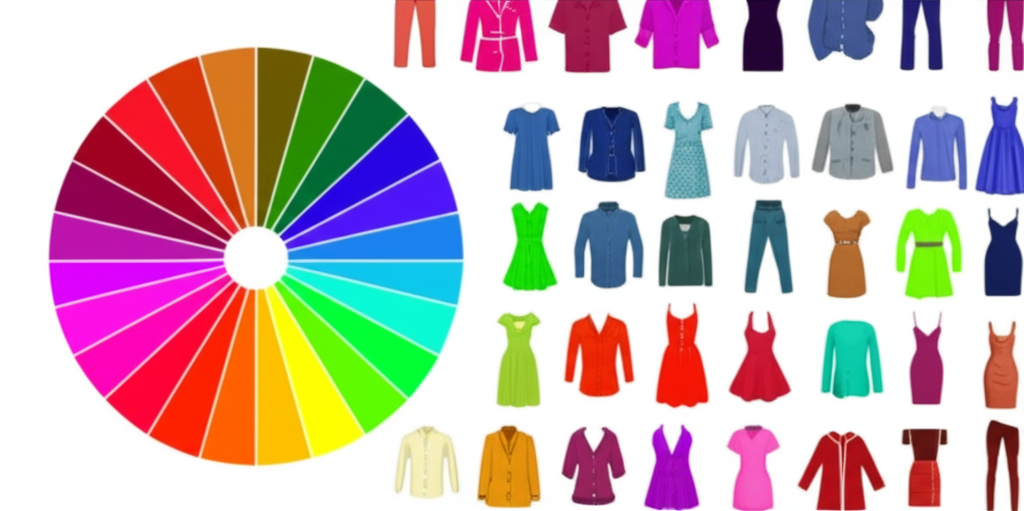Hyper-Personalized Digital Garment Creation & Virtual Try-Ons: The Future of Fitting
2026 will see a dramatic shift in how we acquire and experience clothing, moving far beyond traditional sizing and shopping experiences. Hyper-personalization will be the dominant force, fuelled by advancements in AI and 3D body scanning. Forget generic sizing charts; the future is about garments tailored precisely to your unique physique.
This revolution starts with advanced body scanning technology. High-resolution 3D body scans, easily accessible through smartphone apps or in-store kiosks, will capture precise measurements and unique body characteristics. This data, far exceeding the limitations of traditional measurements, forms the foundation for truly customized garments.
AI-powered design software will then take center stage. Using the body scan data, these sophisticated programs will generate bespoke garment patterns and designs, optimizing fit, drape, and style to reflect individual preferences. This includes everything from subtle adjustments to complete redesign based on your style profile.
Virtual try-ons will be seamlessly integrated into this process. Forget clunky augmented reality apps; we're talking photorealistic simulations that allow you to "wear" your digitally created garment on your virtual avatar, viewing it from every angle and in different contexts. This provides an unparalleled level of certainty before ordering.
The benefits extend beyond convenience. Hyper-personalization minimizes fabric waste by creating only what's needed, aligning with growing sustainability concerns. It reduces returns due to ill-fitting garments and empowers consumers with unprecedented control over their style.
This technology isn't confined to ready-to-wear. Hyper-personalized digital design will extend to bespoke tailoring and made-to-measure services, offering a level of customization previously only accessible to the elite. Expect bespoke digital pattern creation leading to perfectly fitted, ethically produced clothes.
Key Developments to Watch in 2026:
- Improved body scanning accuracy: Expect even more precise and faster body scanning technologies, integrating seamlessly into everyday life.
- AI-driven fabric selection: AI will analyze your preferences and suggest optimal fabrics based on factors like climate, occasion, and comfort.
- Advanced simulation capabilities: Virtual try-ons will become indistinguishable from reality, incorporating realistic movement and texture.
- Integration with existing retail platforms: Seamless integration of hyper-personalized design tools into online and offline retail experiences.
The future of fashion is not just about wearing clothes; it's about expressing oneself through perfectly fitted, uniquely designed garments created just for you. Hyper-personalized digital garment creation and virtual try-ons are the keys to unlocking this future.
